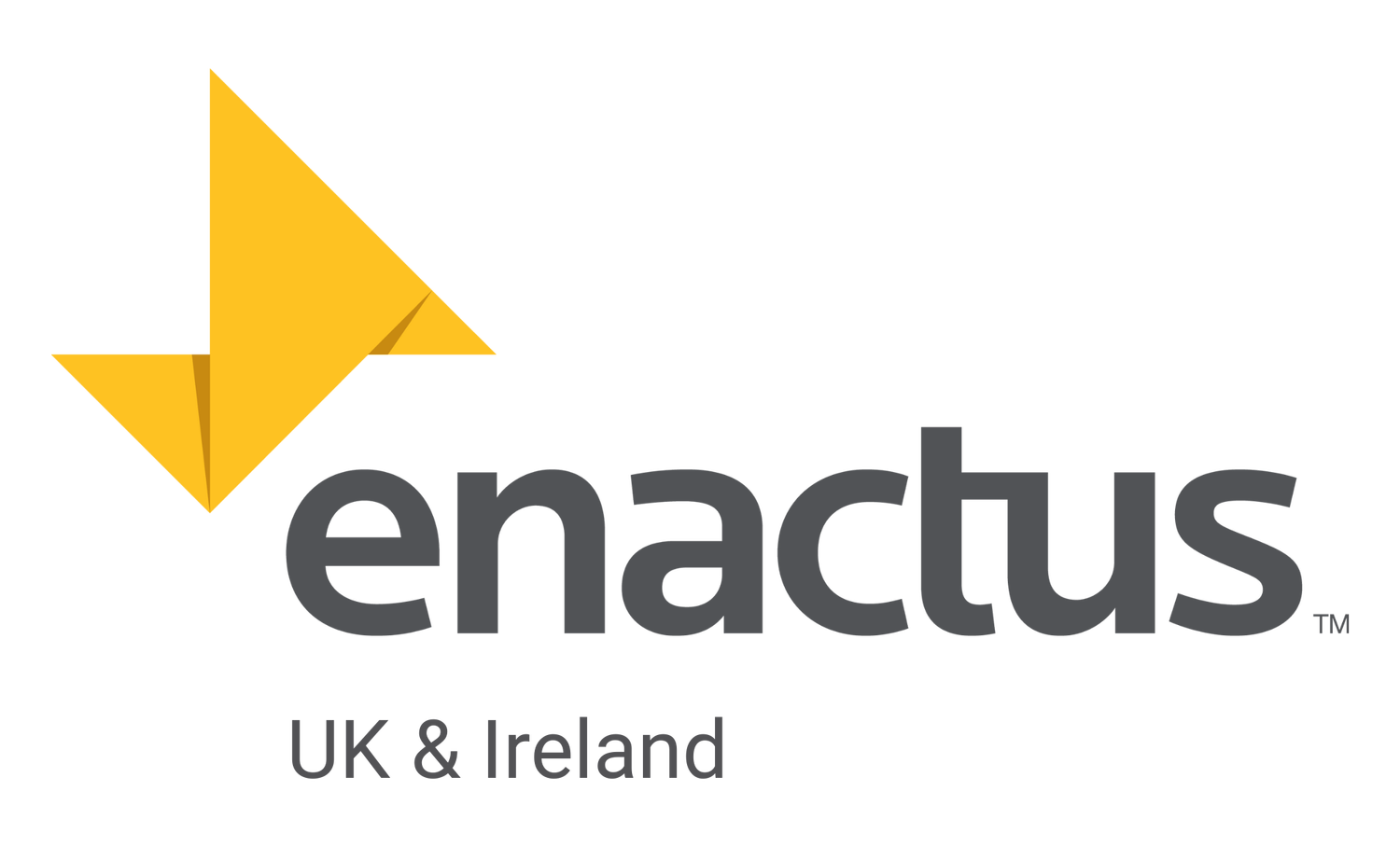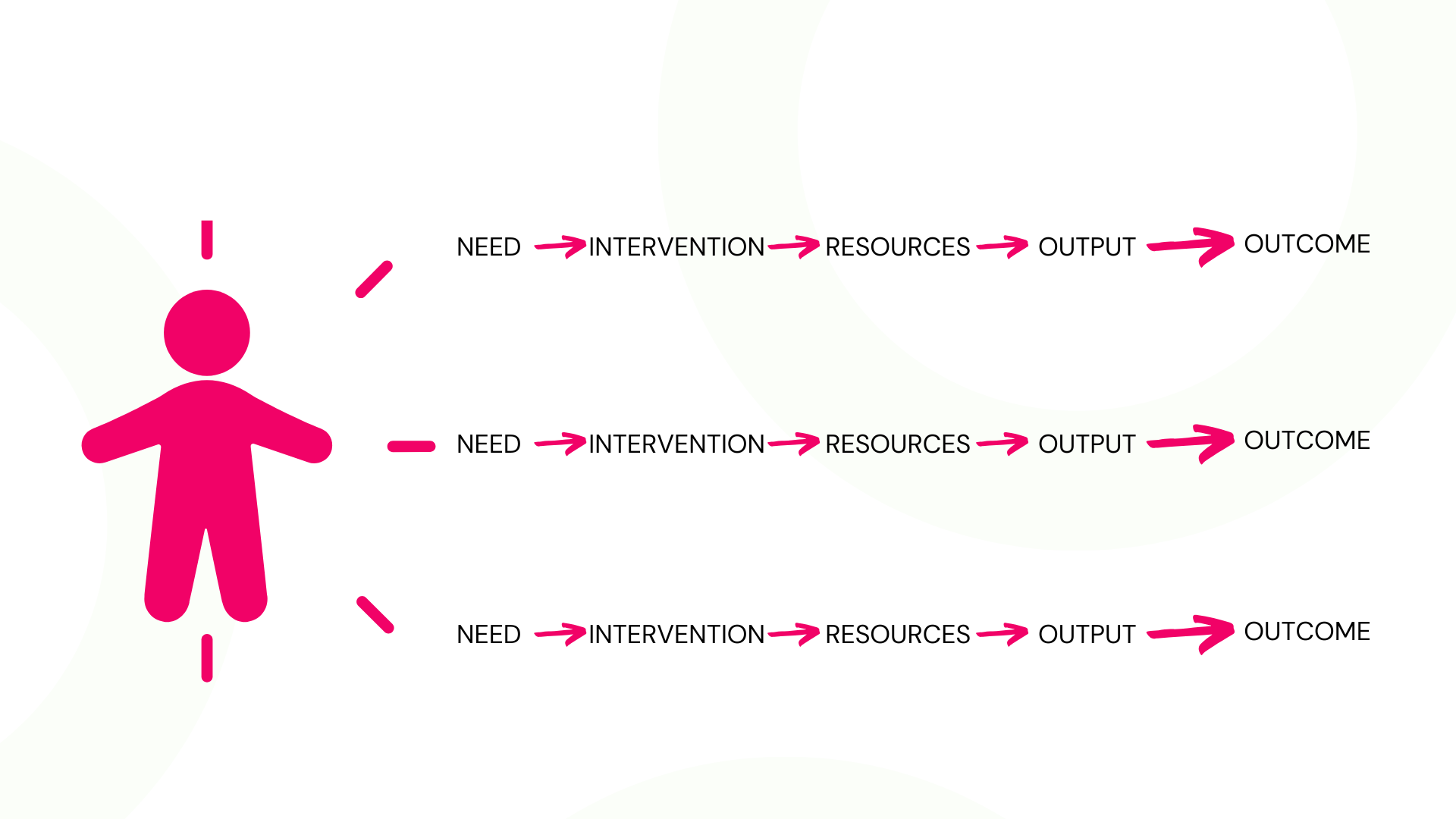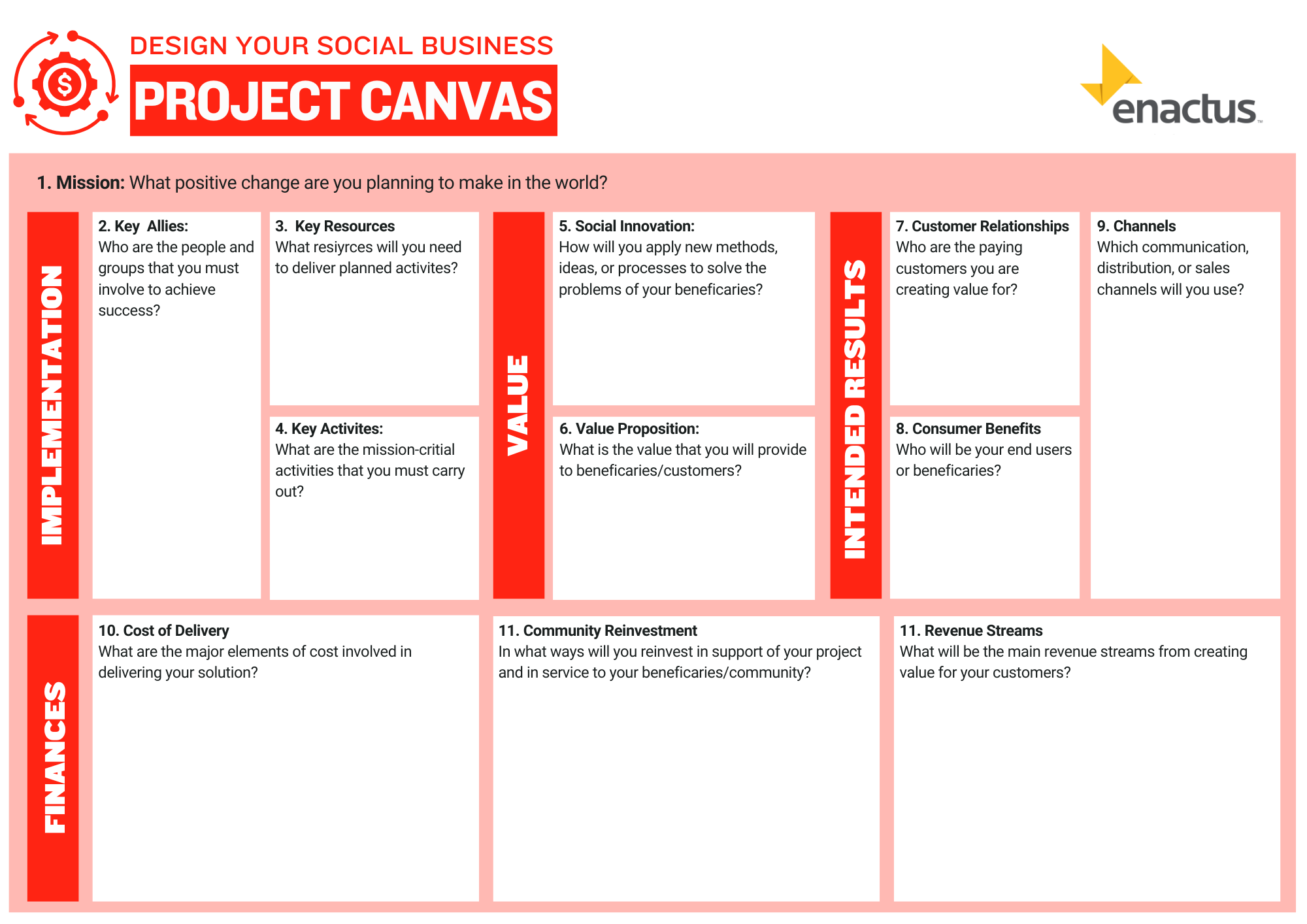
Summer Sprint: Accelerating Impact
Week 2: Ideate Your Interventions

Catch Up & Recap
Now that you’ve explored and defined your challenge in Week 1, it’s time to start developing creative solutions. In Week 2, you’ll generate ideas, begin shaping your project, and map out how it could work in practice using powerful tools like the the Intervention Map & Business Model Canvas.
Whether you're building something from scratch or developing an existing project, this week is all about turning your understanding of the problem into a practical, thoughtful solution.
🧠 What You’ll Learn
How to generate and explore new ideas using simple ideation techniques
How to develop an intervention plan that addresses the needs you identified
How to plan to become financially sustainable
Before You Begin… Revisit The Problem & Needs
Your solution is only as strong as your understanding of the problem.
Make sure your problem statement is clear, your target group is defined, and your needs assessment is complete.

Ideation Techniques
To help you develop strong ideas, here are three techniques to use when brainstorming solutions.
Crazy 8’s is a key Design Sprint technique designed to rapidly generate diverse ideas in a short time. The exercise challenges you to sketch eight distinct ideas in just eight minutes, encouraging you to move beyond your inital, often less innovative, thoughts and explore a wide range of possibilities.
For those unfamiliar with sketching or design, this activity might seem intimidating at first. Please note that these are rough, quick sketches (we’re not looking for the next picasso!), clarity matters more than artistic skill.
The focus of this exercise isn’t on perfection or practicality but on unlocking creativity. Even the most wild, unrealistic, or impractical ideas can spark genuinely groundbreaking solutions. Embrace the chaos - after all, it’s called Crazy 8’s for a reason!
Crazy 8s
Directions
Fold a piece of paper into eight sections (if you’re working in a team, have each team member do this with their own paper).
1
2
Set a timer of 8 minutes.
Sketch or write one idea per minute - no overthinking!
3
Once finished, pick your top 2-3 ideas to develop further.
4
SCAMPER Method
SCAMPER helps you improve existing solutions by thinking about ways to modify or expand them.
Substitute
S
Combine
C
Adapt
A
Modify
M
Put to another use
P
Eliminate
E
Rearrange
R
How to Use SCAMPER
Take some time to research local businesses, charities or non-profits which are tackling the same problem/need as you or who are already working with your target beneficaries.
Go through each of the seven SCAMPER elements, using the guiding questions to explore different possibilities.
Apply these questions to various aspects, including values, benefits, services, customer touchpoints, product features, pricing, and target markets—essentially any relevant area that could spark new ideas.
Once you've generated responses, identify which ideas stand out as practical, innovative, or impactful. Could any of these be developed into a new solution or enhance an existing one?
Finally, take your strongest ideas and explore them further, refining them into concrete, actionable interventions.
1.
Substitute
Ask: What elements of my idea or intervention can I swap or replace to improve it?
Questions to consider:
Can I substitute materials, processes, or resources?
Can I swap roles or responsibilities within a project?
Can I change the timing or location of delivery?
Example:
A meal delivery service for elderly disabled people might substitute fresh ingredients for frozen meals to improve storage and reduce food waste.
2.
Combine
Ask: What two or more elements can I merge to make something better?
Questions to consider:
Can I combine two services or approaches?
Can I partner with another organisation for greater impact?
Can I combine multiple benefits into one solution?
Example:
A local food bank could partner with a community kitchen to provide both nutritious meals for those in need and cooking workshops, giving people skills to prepare their own meals in the long term.
3.
Adapt
Ask: How can I tweak an existing idea to fit my context?
Questions to consider:
Can I adapt an existing product or service for my beneficiaries?
How have other sectors tackled similar problems?
Can I adjust my approach to work better in my community?
Example:
You’re working with a local food bank that operates by distributing surplus food to individuals facing food insecurity. However, you recognise that some people, particularly those with limited mobility, struggle to access food banks. To better support these beneficaries, you adapt their approach to food distribution by introducing a meal delivery service for those who cannot visit food banks.
Modify/Magnify
4.
Ask: How can I change the scale, shape, or impact of my solution?
Questions to consider:
Can I increase accessibility to reach more people?
Can I modify a feature to make it more effective or appealing?
Example:
A men's mental health support program might modify its format by introducing anonymous online support groups, making it easier for men who are hesitant to seek help in person. They could also rebrand the sessions as "performance and resilience workshops" to reduce stigma and encourage participation.
Put to Another Use
5.
Ask: Can my idea or solution be used in a new or unexpected way?
Questions to consider:
Can my solution help other beneficiary groups?
Can I repurpose existing resources for a new purpose?
Is there a secondary use for my intervention?
Example:
A food delivery service for elderly disabled people could expand to provide meal kits for caregivers (i.e. family), ensuring both the elderly and their support system receive proper nutrition
6.
Eliminate
Ask: What unnecessary parts can I remove to make my idea simpler or more effective?
Questions to consider:
Can I remove a step in the process to save time or costs?
Is there an element that’s making the solution harder to access?
Can I eliminate waste or inefficiencies?
7.
Rearrange/Reverse
Ask: What happens if I change the order or approach of my solution?
Questions to consider:
Can I rearrange the process to improve efficiency?
What happens if I reverse the beneficiary-provider relationship?
Can I restructure the intervention to be more community-led?
Example:
Instead of relying solely on volunteers, a meal delivery program could train beneficiaries to become meal coordinators, fostering empowerment and peer-led support.
AI for Ideation
AI can help you brainstorm creative ideas you might not have thought of! Try using AI prompts like:
“Generate 10 innovative ways to provide nutritious meals to homebound elderly individuals.”
“How could technology help connect isolated individuals with local community support?”
“Give me sustainable business models for reducing textile waste.”
Use ChatGPT, Google Gemini, or other AI tools to test different prompts and see what ideas emerge!
Mapping Out Your Intervention
Once you’ve generated ideas, it’s time to map them out!
Example:
Problem: Many elderly disabled individuals struggle to access nutritious meals.
Need:
Easy access to fresh, healthy food.Intervention:
Partner with local food banks to deliver weekly meal kits to elderly residents.Resources:
• Food Banks: to supply ingredients.
• Volunteers pack and deliver meals.
• Vehicles to deliver the meals.Output:
• Elderly beneficaries recieve nutritious food.Outcome:
• Better nutrition for vulternable elderly individuals.
• Less food waste from unused food bank supplies.
Financial Sustainability – Making It Last
A great idea is only sustainable if it has a long-term funding model. Creating impact costs money, and without a secure revenue source, even the best ideas can struggle to grow.
Social Enterprise vs. Charity – What’s the Difference?
While charities often rely on donations and grants, a social enterprise generates revenue to sustain itself while achieving impact. Finding the right funding model is key to long-term success.
Social Impact Funding Models:
There are many ways to fund your project. Here are a few common models:
Robin Hood Model
Charge one group more to subsidize services for another (e.g., TOMS Shoes: "Buy One, Give One").
Co-operative
A community-owned business where profits are reinvested.
Freemium
Provide a free basic service with paid premium features.
Subscription-Based
A recurring revenue model (e.g., meal kits for food-insecure communities).
Pay-As-You-Feel
Beneficaries pay what they can afford (e.g., social cafes).
Tiered Pricing
Different pricing levels for different audiences (e.g., student vs. corporate rates).
Section 4: The Lean Business Model Canvas
The Lean Business Model Canvas is a great tool to map out your financial sustainability plan.
How to Use the Lean Business Model Canvas
1️⃣ Problem: What problem are you solving?
2️⃣ Customer Segments: Who are your target beneficiaries and paying customers?
3️⃣ Value Proposition: What unique value does your project provide?
4️⃣ Revenue Streams: How will you generate income?
5️⃣ Cost Structure: What are your main expenses?
6️⃣ Key Activities: What actions are necessary to make your project work?
7️⃣ Key Partners: Who can support your project (funders, organisations, etc.)?










